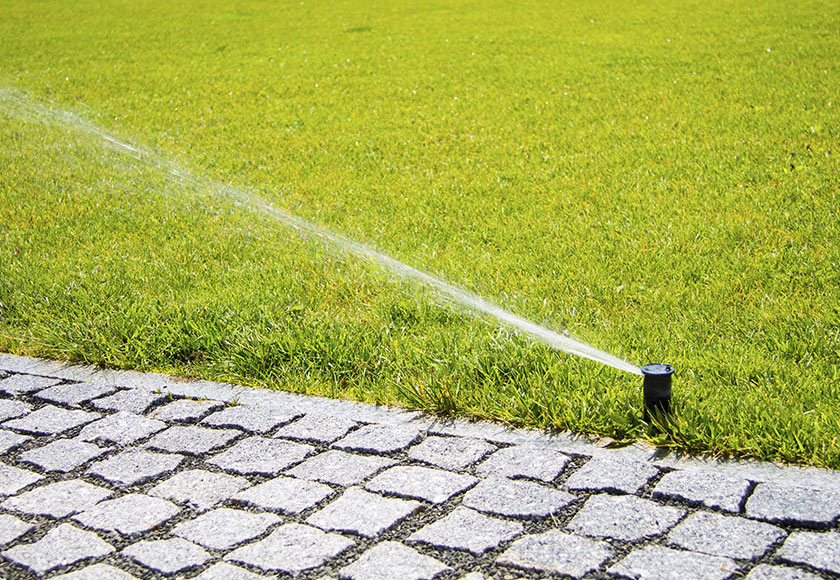It’s often surprising what a dramatic effect aeration can have on your lawn. Shortly after, your lawn will be restored and more vibrant than it was before. However, like any good thing, it is possible to aerate your lawn too much. Your lawn will recover from them, but excess aerating isn’t helping your lawn. So, how often should you aerate your lawn? Let’s discuss this.
Why Does a Lawn Need to be Aerated?
It’s important to know why a lawn needs to be aerated to make your decision about whether or not yours needs the treatment. Essentially, lawns develop thatch, a gathering of dead grass blades on the surface of the soil. It can build-up several inches thick. While a bit of thatch of normal, and should be broken down by the beneficial bacteria in the soil
Aeration removes much of the thatch and leaves grass more room to grow. It will also allow water to get to your grass roots more easily. Aeration treatments can also help add nutrients to the soil or improve soil texture when combined with fertilizer or other treatments.
How Often Should You Aerate Your Lawn?
You should aerate your lawn when it has developed so much thatch that the grass’ growth is restricted. This will happen faster on lawns that have more foot traffic or animal use, as walking on the grass kills the blades and adds to the thatch. If your lawn is high traffic, you may need to aerate it every year. If your lawn is a low traffic, you may only need to aerate it every three to five years.
You might have a high traffic lawn if you frequently entertain in your backyard. Or, if your children or pets play on the grass routinely. You may also find that only parts of your lawn are high traffic. For example, the path between your backdoor and your shed might see a lot more traffic than the rest.
Signs Your Lawn Needs Aeration
You don’t have to rely on estimations about how often your grass is walked on. You could just look for signs that your lawn needs aeration.
- You have a layer of yellow, dead grass next to the healthy grass that is a half-inch or more in thickness
- The ground feels hard and compacted, instead of slightly springy
- The ground feels too springy under your feet, which is a sign of too much thatch
- When you water your grass is draining slower than it used to, even though you’re using the same amount of water
- The quality of your soil is known to be poor, perhaps because your home is new construction or the nutrients in the soil are rarely replaced
Is It Time to Aerate Your Lawn?
You shouldn’t necessarily aerate your lawn when you notice it needs it. You want the grass to recover quickly from the treatment, so you want to aerate it when it is in its peak growing season, which may be spring, summer, or fall.

